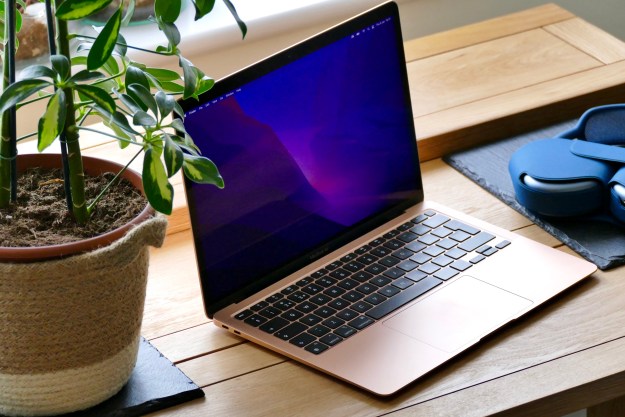Parallels Desktop for Mac, the popular program used to run virtualized versions of Windows 10 on Apple’s Mac devices, has gotten even better. Version 16.5 of the app now lets Mac users enjoy a seamless Windows 10 on ARM experience on Apple’s newest Macs featuring the M1 silicon.
According to Parallels, with version 16.5, Mac users can enjoy improved performance compared to when running Windows through the program on Intel-based macs. When running Windows 10 on ARM Insider Preview virtually through Parallels 16.5, users with M1 Macs can enjoy 2.5 times less energy consumption and 60% better DirectX 11 performance.

Parallels Desktop 16.5 also supports features catered to the M1 Mac. You can run Windows applications on your Mac as if they were native Mac applications, without managing two separate desktops or rebooting. You also can share profiles, enjoy Touch Bar controls and customize Mac keyboard layouts.
A 14-day trial of Parallels Desktop for Mac is available for prospective users, and anyone with Parallels version 16 can update to 16.5 for free. A perpetual license for upgrading from older versions of Parallels is available for $50, and new subscriptions cost $80 a year, with new perpetual licenses costing $100 a year. Then there are Parallels Desktop for Mac Pro Edition and Parallels Desktop for Mac Business Edition, too.
Editors' Recommendations
- The case for buying the M2 MacBook Air over the M3 model
- Why gaming on the M3 MacBook Air has left me impressed
- Whatever you do, don’t buy a MacBook Air right now
- Apple could fix the MacBook lineup with this one change
- Everyone who should (and shouldn’t) buy the M3 MacBook Pro


